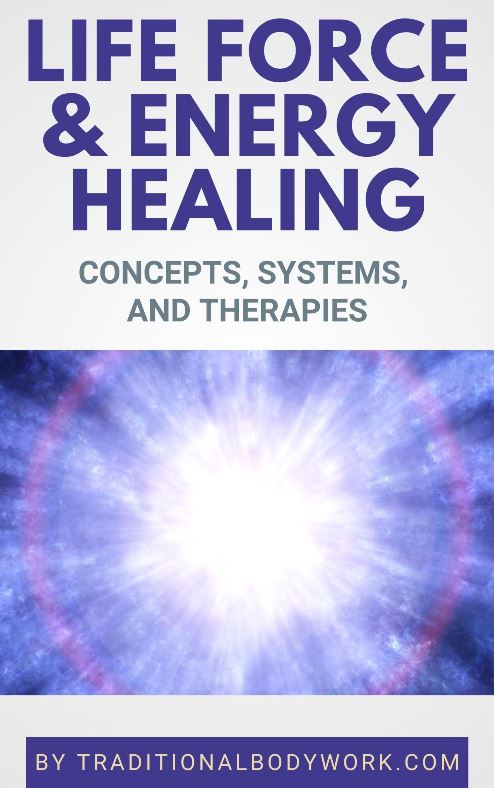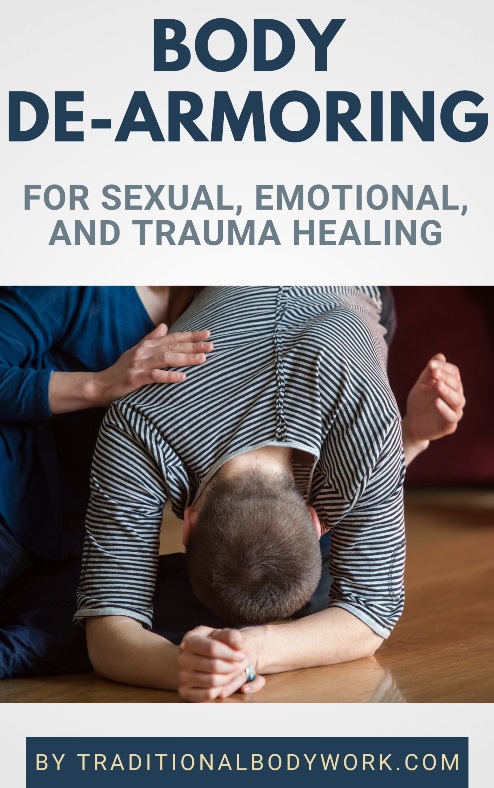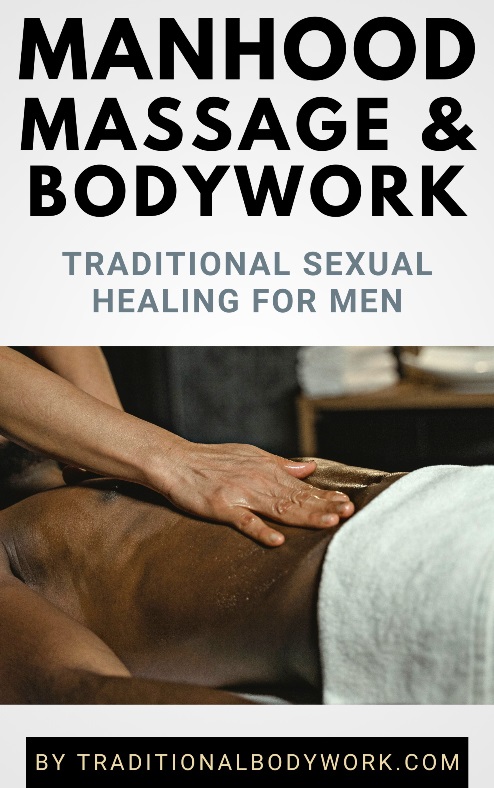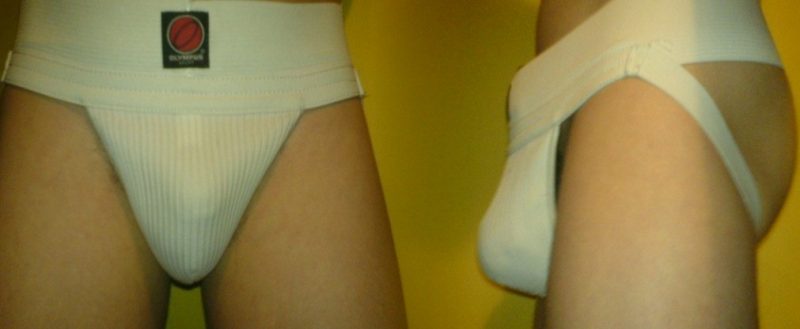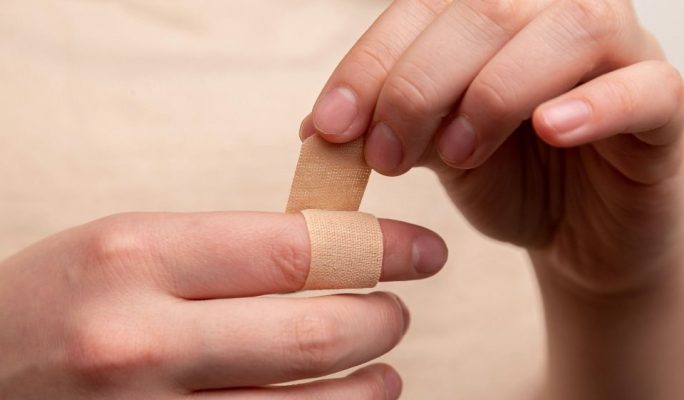
Tennis is a popular sport in the USA, with its popularity soaring in recent years. According to the United States Tennis Association (USTA), over 8 million new tennis players have joined the sport since 2019. The sport is particularly popular in Denver, which has consistently been ranked #1 or #2 in league participation for over a decade.
While it provides a full-body workout, the quick direction changes, repetitive strokes, and constant pressure on joints can lead to various injuries. In such cases, physical therapy and massages can help athletes recover.
They can find physical therapy clinics in Denver that offer complementary methods such as stretching-focused bodywork into rehabilitation routines. These additions are often used to manage pain, improve mobility, and prevent future strain, particularly for joints and muscles under repetitive stress.
Understanding the most common injuries in tennis players can help you maintain a long and healthy career in the sport. With that in mind, let’s explore the four most common injuries that tennis players face and what can be done to reduce the risk.
#1. Tennis Elbow
Perhaps the most widely recognized injury associated with the sport is tennis elbow, also known as lateral epicondylitis. It involves inflammation of the tendons around the outer elbow.
Tennis elbow usually develops from repetitive wrist and forearm motions during backhand strokes. What often begins as a mild discomfort can progress into a persistent ache that affects even daily activities.
Avoiding tennis elbow starts with proper stroke technique and equipment that suits the player’s level and grip strength. Regular soft tissue work, especially around the forearms and shoulders, can help reduce muscle tightness that pulls on the tendons.
Some practitioners also apply traditional bodywork methods to enhance circulation in the affected area, which may support healing and improve mobility. If you have been diagnosed with tennis elbow, physical therapy can even help manage the pain.
According to Total Physical Therapy, it can help relieve pain, restore mobility, and maximize physical functioning. All of these can help improve your body’s flexibility, allowing you to better cope with the pain of tennis elbow.
A study by Nature Journal shows that deep friction massage, combined with ultrasonic therapy, reduces pain over time. Extracorporeal shockwave therapy was also deemed to be very effective in managing tennis elbow. It highlights that leveraging such forms of physical therapy can help athletes not only manage pain but also improve their motion.
#2. Rotator Cuff Strain
The shoulder joint has an impressive range of motion, but it’s also highly vulnerable, especially during overhead serves and smashes. As an NCBI study found, tennis players are highly vulnerable to a range of shoulder injuries.
For instance, long head of biceps injuries and glenohumeral internal rotation deficit (GIRD) are very prevalent. Rotator cuff strain is also a common shoulder injury that often occurs due to repeated use or improper mechanics. Pain might not be noticeable at first but can intensify over time, particularly during high-intensity play.
To reduce the risk of shoulder injuries, it is beneficial to focus on both strength and flexibility. Breath-led movements and postural alignment work, drawn from traditional practices, can support the stability of the upper back and neck, which improves shoulder function.
Athletes also benefit from bodywork that loosens chest and scapular tension, allowing the shoulders to move more freely without strain.
#3. Lower Back Tightness
The lower back is often affected by powerful trunk rotations during serves and baseline rallies. Poor technique, fatigue, or limited core strength can all contribute to overuse or strain.
In many cases, this pain is not caused by the lower back alone but by a combination of hip stiffness and limited spinal mobility. How you play the game can also cause lower back tightness.
For instance, a Frontiers study compared lumbar and pelvis movement in cross-court and long-line topspin forehand strokes. It was concluded that the maximum angle, peak moment, and range of motion in the cross-court stroke were higher compared to long-line topspin.
This indicates that the pressure on lumbar and pelvis movement is high when performing this stroke, making athletes more vulnerable to injuries. Thus, players who rely more on this stroke in their game should be more prepared.
Addressing these issues takes more than one approach. Core stability work is essential, but so is restoring flexibility through hip and hamstring release.
Traditional abdominal massage has been used in various healing systems to relieve internal tension that contributes to lumbar tightness. When used in conjunction with functional movement exercises, this type of release can support the lower back and enhance overall balance.
#4. Wrist Overload
The wrist is another high-use area in tennis, especially during topspin-heavy forehand shots. Repetitive wrist flicking can lead to tendon strain or inflammation, which may compromise grip strength and precision.
Preventing wrist injuries involves using proper technique and allowing sufficient recovery time between practice sessions. Soft tissue work that targets the forearms and palm muscles can reduce tension build-up that travels down into the wrist.
Some practitioners use pressure point techniques to help balance energy flow through the arm, which may improve endurance and reduce discomfort during play.
According to a Health.com article, rest, ice, and massage are effective at treating wrist pain. Rest is essential to reduce inflammation and prevent further damage. Ice and massage can be helpful in improving blood circulation and reducing pain gradually.
Frequently Asked Questions
Can dehydration increase the risk of injury in tennis players?
Yes, dehydration can contribute to muscle cramps, reduced joint lubrication, and slower recovery after matches or training. When fluid levels drop, the body’s ability to regulate temperature and maintain tissue elasticity is compromised. This may increase the likelihood of strains or spasms during play.
Are recovery days necessary if there’s no pain after a match?
Absolutely. Even in the absence of pain, recovery days allow the body’s soft tissues, joints, and nervous system to reset. Incorporating recovery practices like gentle massage, stretching, or passive movement work can help maintain tissue health and reduce the build-up of microtrauma.
What role does sleep play in injury prevention for tennis players?
Sleep is essential for tissue repair, hormonal balance, and motor learning. A lack of quality sleep can impair coordination, delay healing, and increase the risk of both acute and overuse injuries. This is especially true for athletes who train at high intensity or frequency.
Injury prevention for tennis players doesn’t rest on one single method. While technique and conditioning are key, there’s growing recognition that the body benefits from a wide range of influences.
From traditional bodywork to clinical care, blending methods can offer players more tools for long-term health, on and off the court. Whether recovering from a setback or trying to stay injury-free, the right combination of movement, rest, and hands-on support can make a lasting difference.

